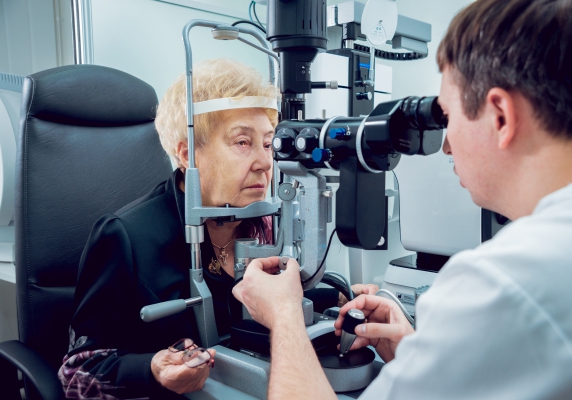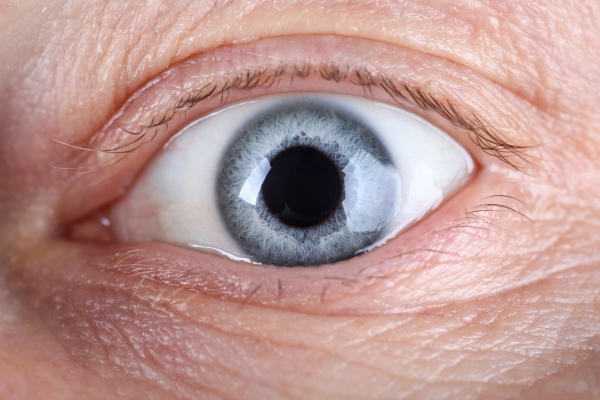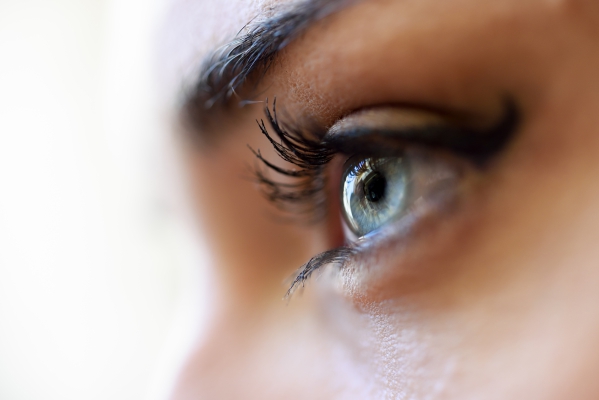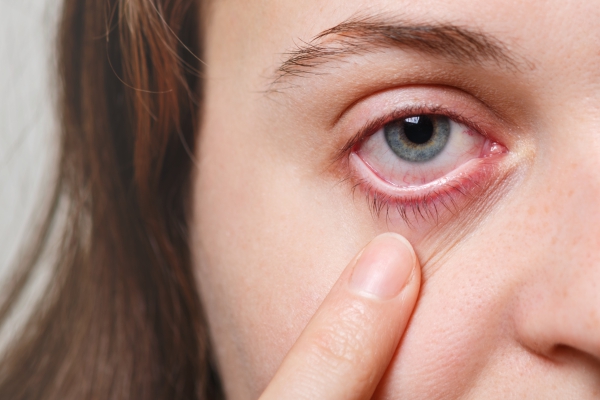What is cataract?
Cataract is a disease that causes clouding of the lens of your eye. The lens is located behind the coloured part of your eye which is known as the iris. It is usually transparent structure and is responsible for focusing light rays onto the retina- a thin layer of tissue at the back of the eye which converts light rays into neural signals that are sent to the brain for visual recognition. Cataract causes symptoms such as blurry vision, difficulty to see at night and sensitivity to light amongst others. This condition usually develops slowly over time, ultimately affecting your vision. The definitive treatment of cataract involves surgery to remove the affected lens to replace it with a synthetic lens.
What are the causes and risk factors of cataract?
The lens is a transparent structure located behind the iris. It changes its shape to focus light rays onto the retina. The retina converts light rays into neural signals and send them to the brain for visual recognition. Cataract causes clouding of the lens which scatters and prevents light rays from reaching the retina resulting in blurry vision and blindness.
The risk factors of cataract include:
- Diabetes mellitus
- Advanced age
- Cigarette smoking
- Obesity
- Excessive exposure to sunlight without sunglasses
- High blood pressure
- Blunt or penetrating eye injury
- Previous eye surgery
- Long-term use of corticosteroids
- Alcohol abuse
- Eye inflammation
- Family history of cataract

What are the types of cataract?
There are several types of cataract and these include:
- Senile cataract (age-related cataract): This is a cataract that develops due to increasing age resulting in gradual progressive clouding and thickening of the lens. This is the most common cause of treatable blindness in the world. Nuclear cataract is the most common type of age-related cataract and refers to the progressive clouding in the central part of the lens. As the disease progresses, the lens turns yellow or brown which may affect your colour vision.
- Cortical cataract: This type of cataract causes wedge-shaped whitish opacities in the outer part of the lens. As the disease progresses, the opacities extend to the centre preventing light rays from reaching the retina.
- Congenital cataract: These are cataracts that develop during childhood or even at birth. They often develops due to infections such as rubella, trauma or genetic abnormalities.
- Posterior subcapsular cataracts: This type of cataract causes clouding at the back of the lens. This opaque region is usually small and affects your ability to read and see in bright light. Unfortunately, this type of cataract tend to progress quickly.

What are the signs and symptoms of cataract?
The signs and symptoms of cataract are often unnoticeable at first as the clouding affects only a small part of your lens. As the disease progresses, more light rays are unable to reach your retina resulting in noticeable signs and symptoms such as:
- Blurry vision.
- Difficulty to see at night.
- Increased sensitivity to bright light.
- Seeing halos in bright light. Halos are bright circles which surround a light source. This symptom is more common noticed during night driving.
- Frequent need to change your pre ion glasses due to progression of the disease.
- Double vision in the affected eye.
- Deterioration in colour vision.
Making a diagnosis
To make a diagnosis, your doctor will first take a detailed history from you to know more about your symptoms. After the history taking your doctor with perform a thorough physical examination to look for signs of cataract. Your doctor may order some tests in order to confirm the diagnosis and these include:
- Visual acuity test: This is a test during which your doctor tests your vision. This test involves your doctor placing a chart containing letters of varying sizes in front of you. One eye is tested at a time and if you cannot see one letter properly, you will be asked to move closer to the chart until you can see the letter. A result of 20/20 indicates a good vision.
- Slit-lamp examination: The slit-lamp is a microscope containing an intense line of light to illuminate the structures of your eye. This enables your doctor to examine these structure to detect any abnormalities. You will be asked to place to chin and forehead against supports to stabilize your head while your doctor is examining your eye.
- Retinal examination: For this examination, your doctor will put a few drops of medication in your eyes in order to dilate or open your pupils- it is the black opening at the centre of your eye which allows light to enter the eye. After waiting for some minutes, your doctor will examine your eye using a slip-lamp or an ophthalmoscope- it is a handheld device that is also known as a fundoscope which is used to examine both the outside and inside of your eye.


What are the treatments of cataract?
The definitive treatment of cataract is surgery. However, surgery is done only when the disease affects your quality of life and vision to a point that you cannot drive, read, work or perform daily activities.
Cataract surgery involves your doctor removing the opaque lens to replace it with a synthetic lens. You are awake during the procedure. However, no pain is felt as your doctor will use local anaesthetics which are injected in 2 specific places around your eye before the surgery. This surgery does not require you to stay in the hospital. After the surgery, you will be given a room to rest and for doctors to monitor you for a few hours after which you will be discharged. Cataract surgery is usually a safe surgical procedure but carries a small risk of bleeding and infection. Some discomfort will be felt for a few days but healing occurs within 8 weeks.

Prevention
There are several steps which may be taken to prevent the development of cataract and these include:
- Follow cataract screening programs: People above the age of 40 years should have their eye examined every 2 years even if there are no vision problems.
- Cigarette smoking cessation
- Treat your diabetes: Diabetes mellitus can increase your risk of developing cataract. Therefore, following your diabetes treatment plan properly may prevent you from developing cataract.
- Eat plenty of fruits and vegetables
- Wear sunglasses
- Avoid excessive alcohol consumption
Expectations
Cataract surgery has very good prognosis (outcome). However, suffering from other disease such as diabetes mellitus or macular degeneration affects the prognosis significantly.95% of people improves their vision after cataract surgery and 90% have a vision of 20/40 or better.

Source:
J. Alastair, I. and Simon, M., 2016. Davidson's Essentials of Medicine. 2nd ed. London: ELSEVIER.
Parveen, K. and Michael, C., 2017. Kumar & Clarks Clinical Medicine. 9th ed. The Netherlands: ELSEVIER.
Jacobs, D., 2021. Cataract In Adults.
Ocampo, V., 2021. Senile Cataract (Age-Related Cataract) Treatment & Management: Medical Care, Surgical Care, Consultations.







